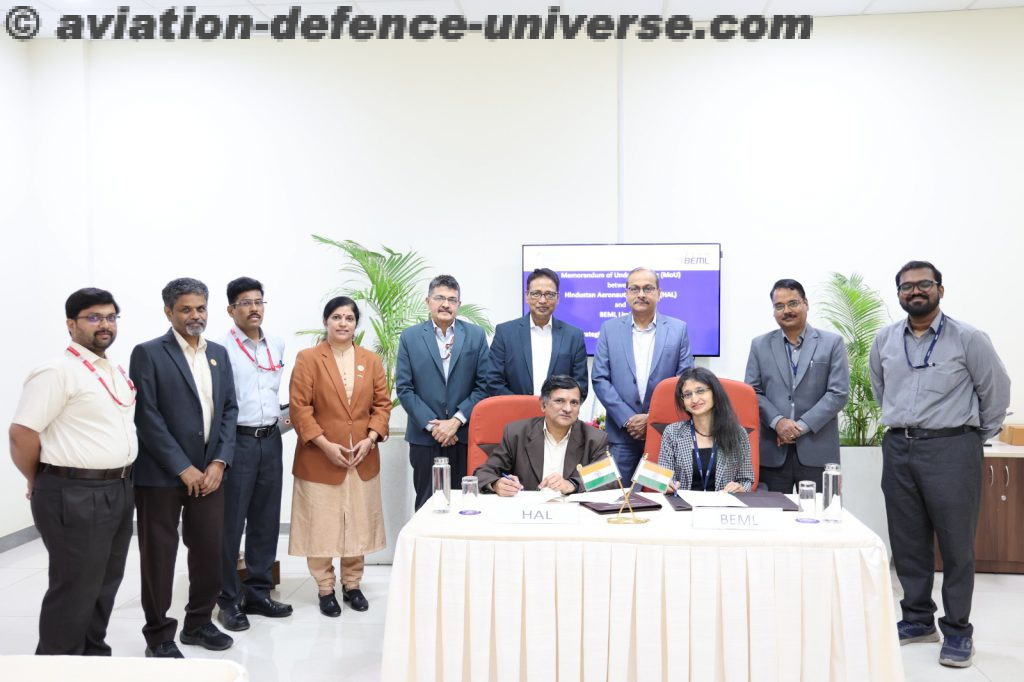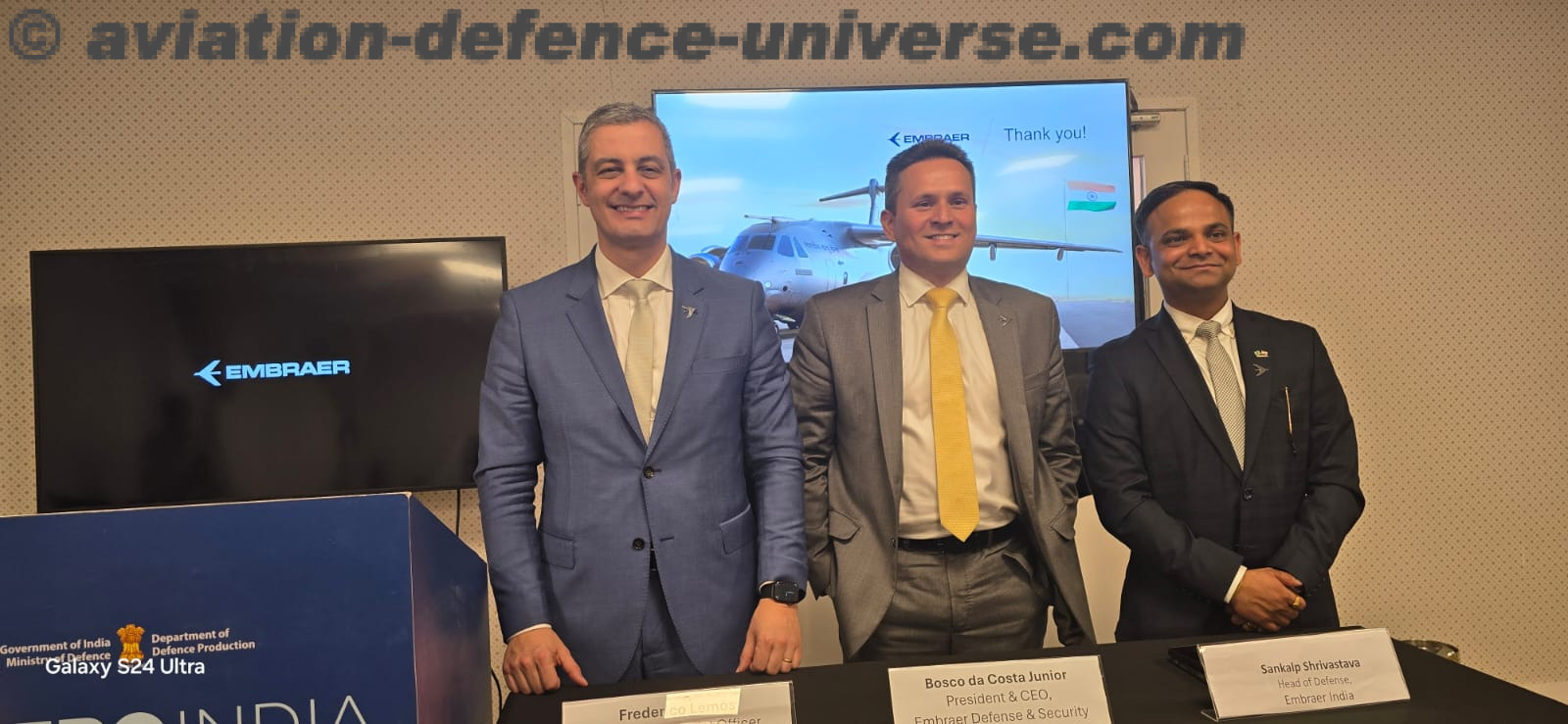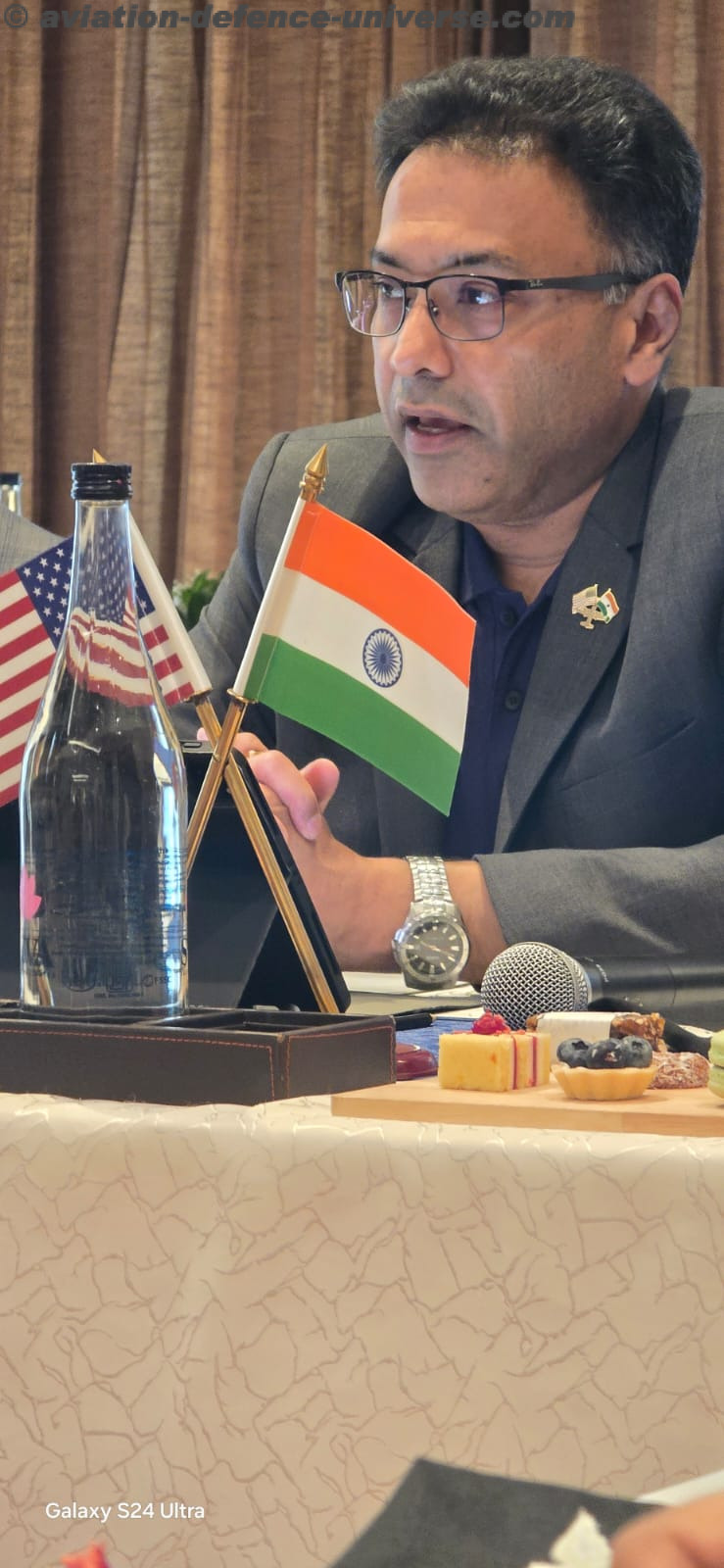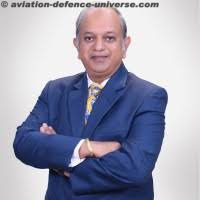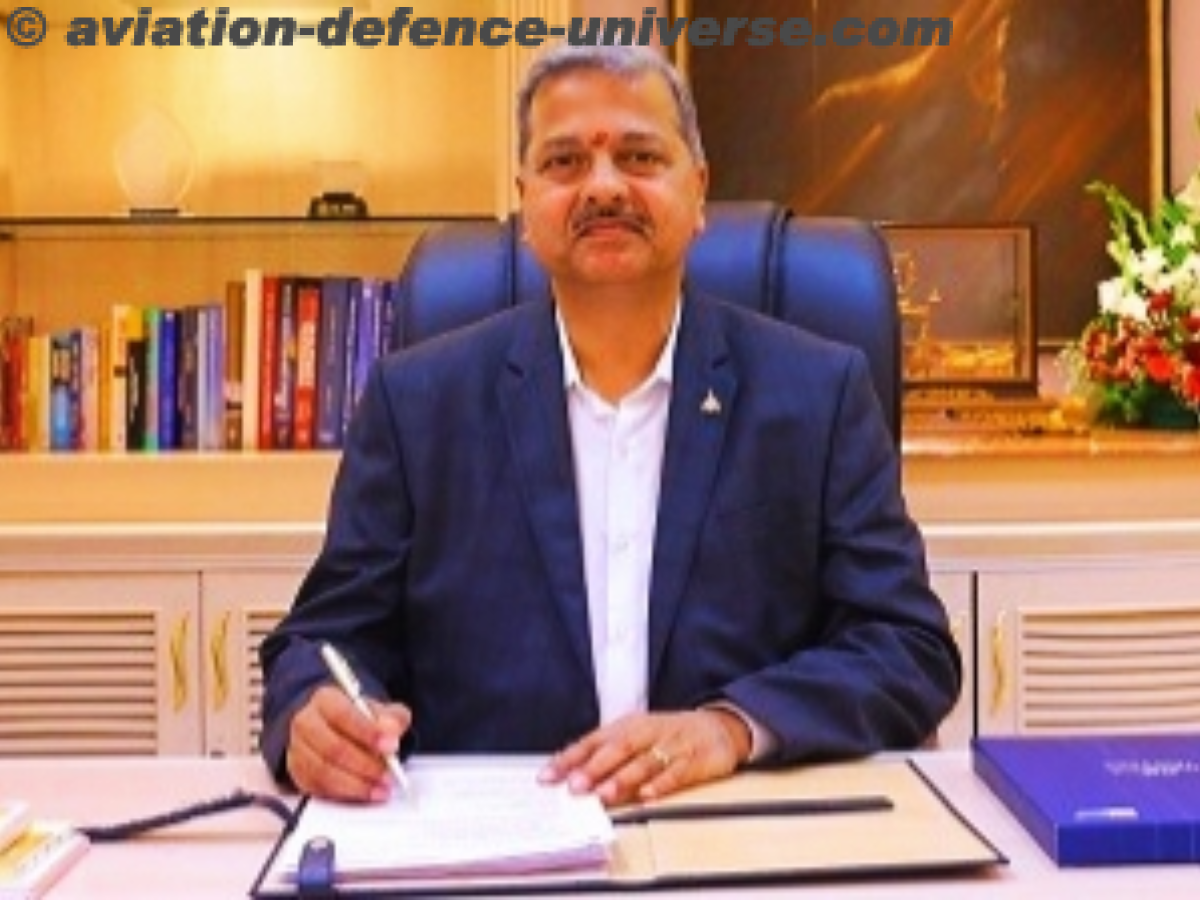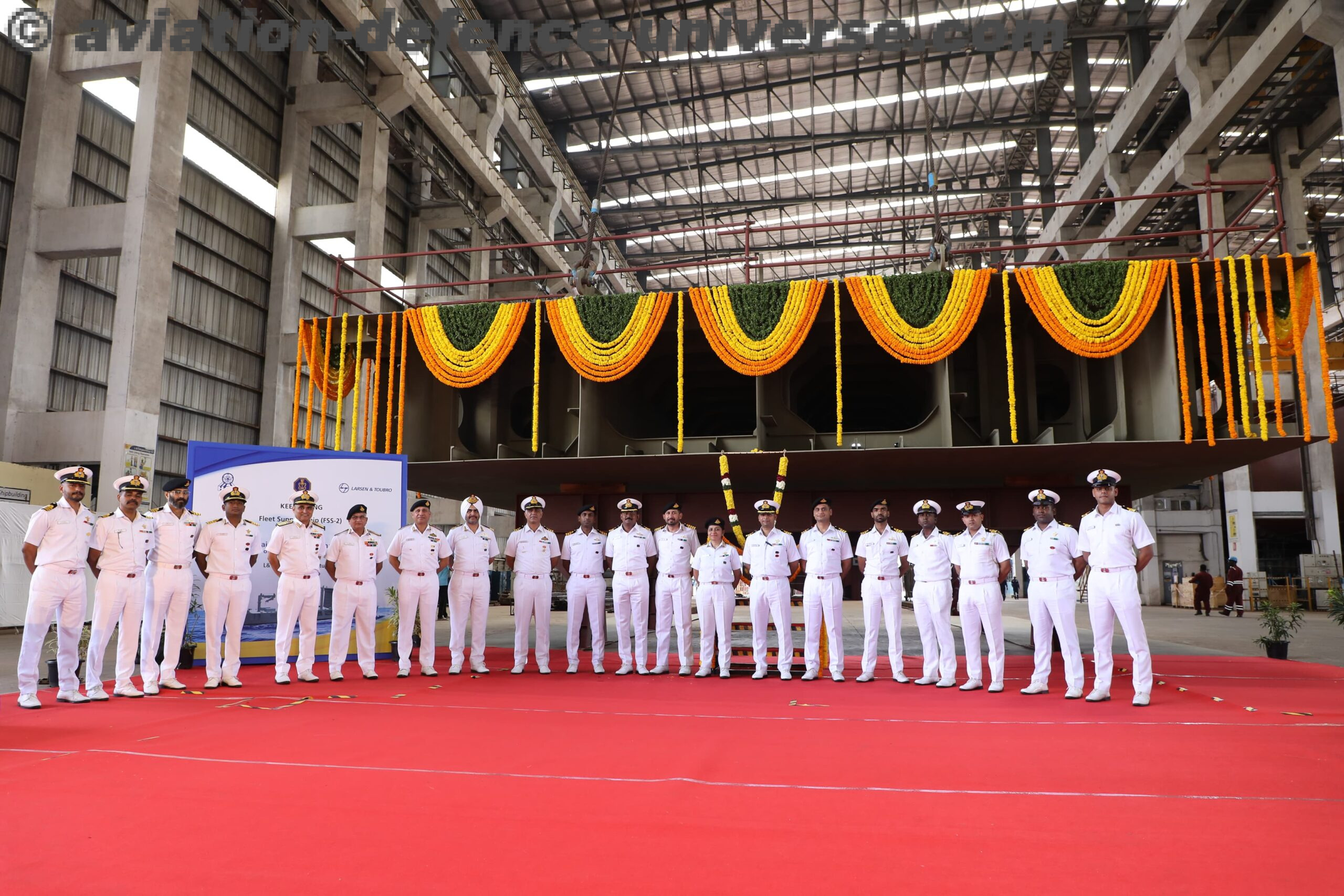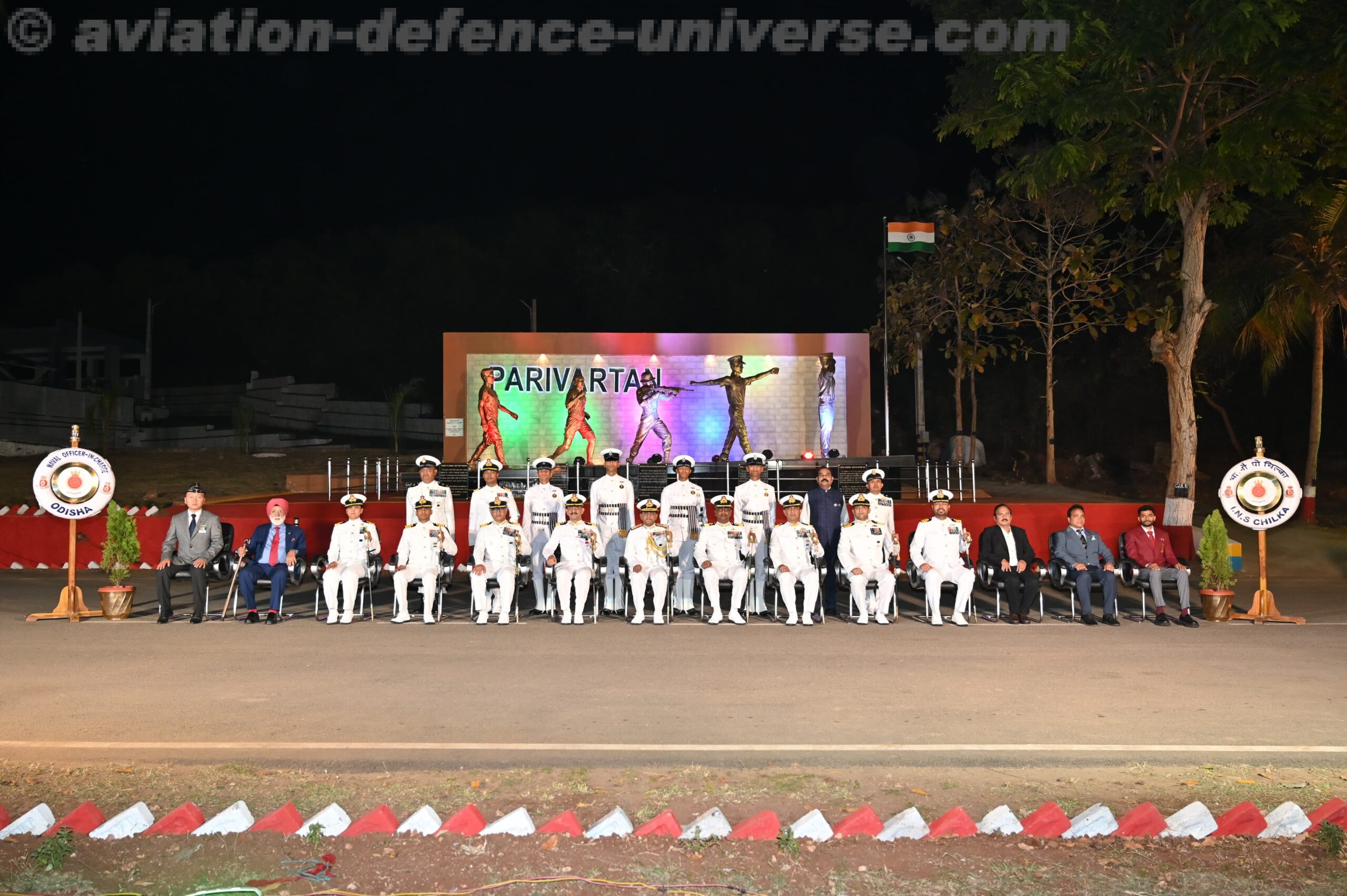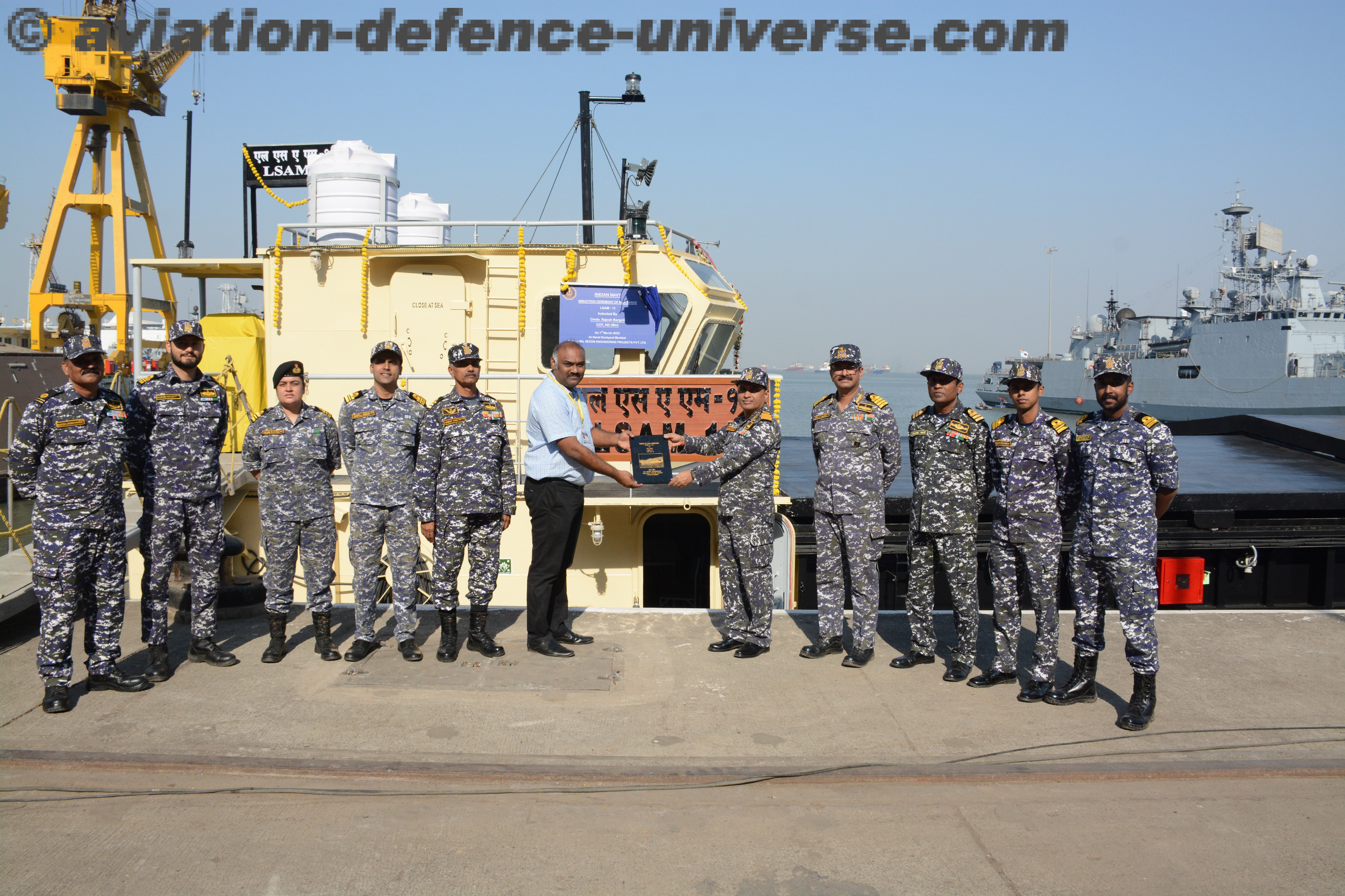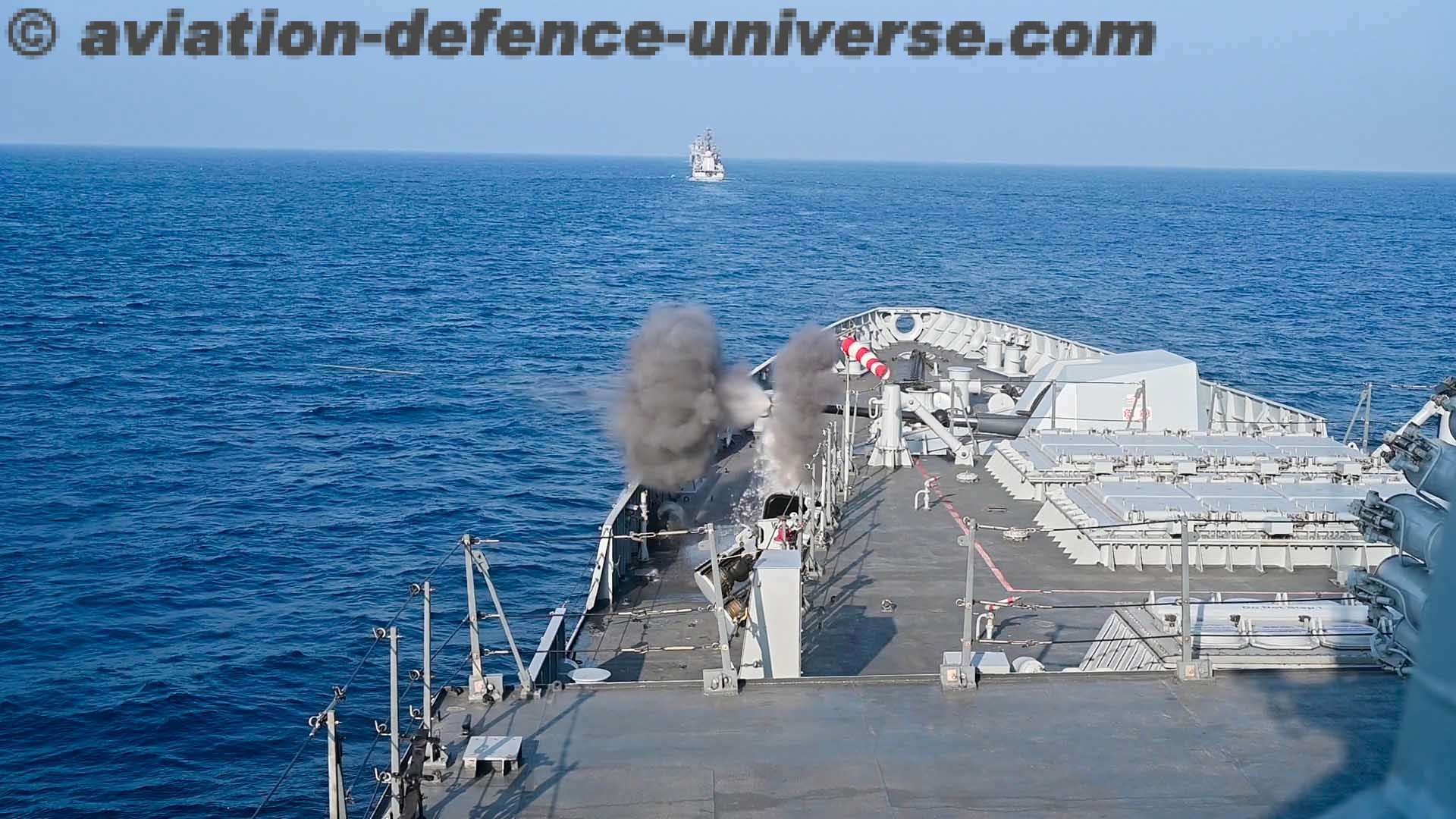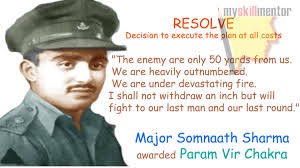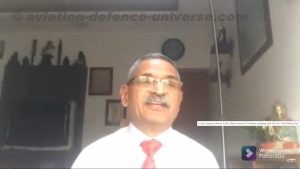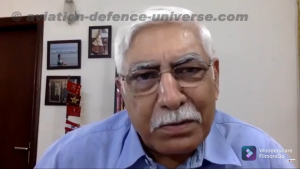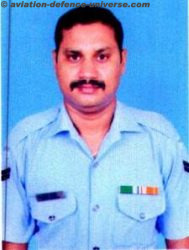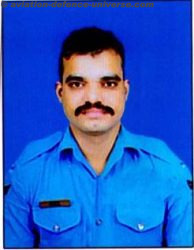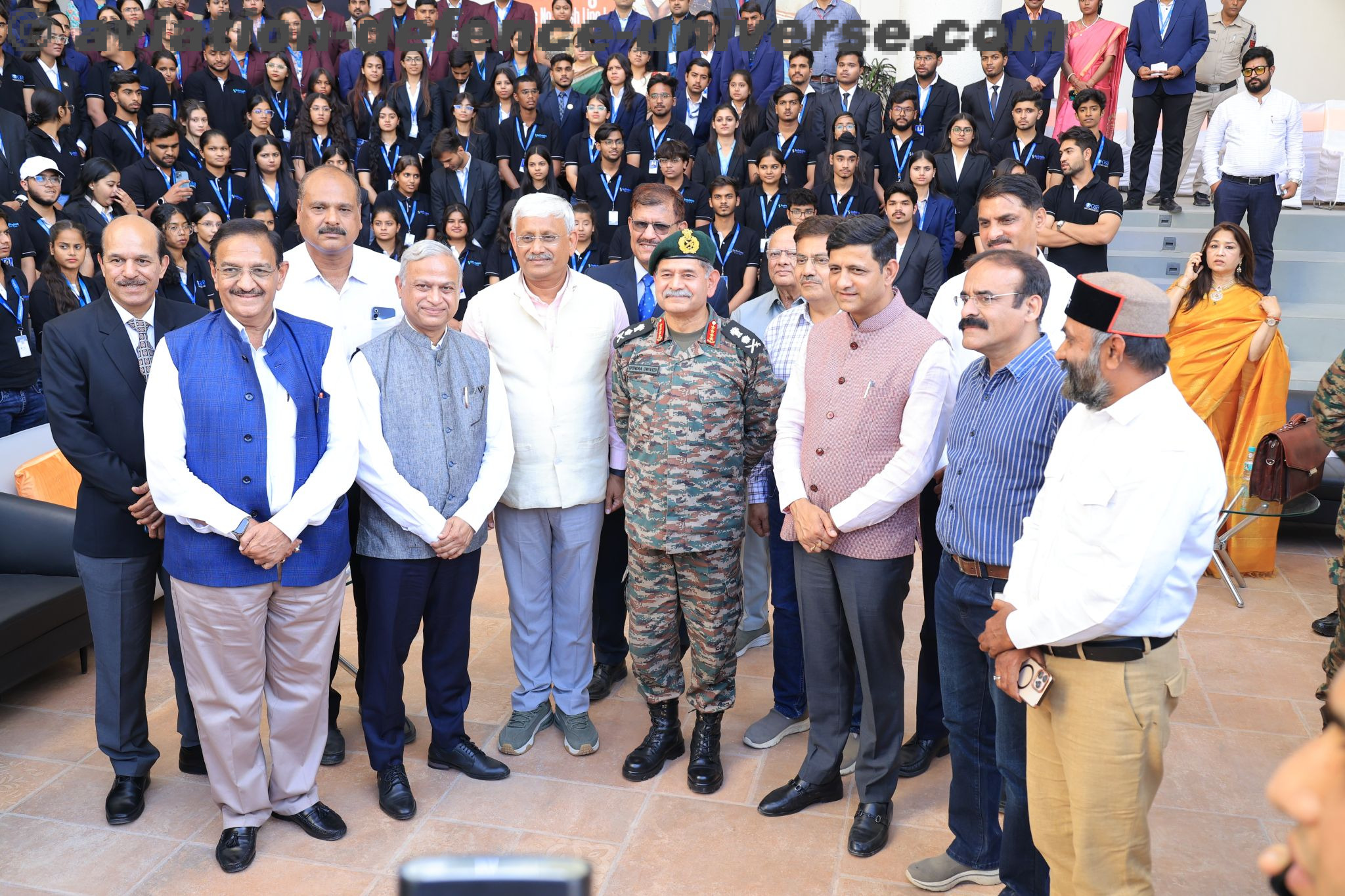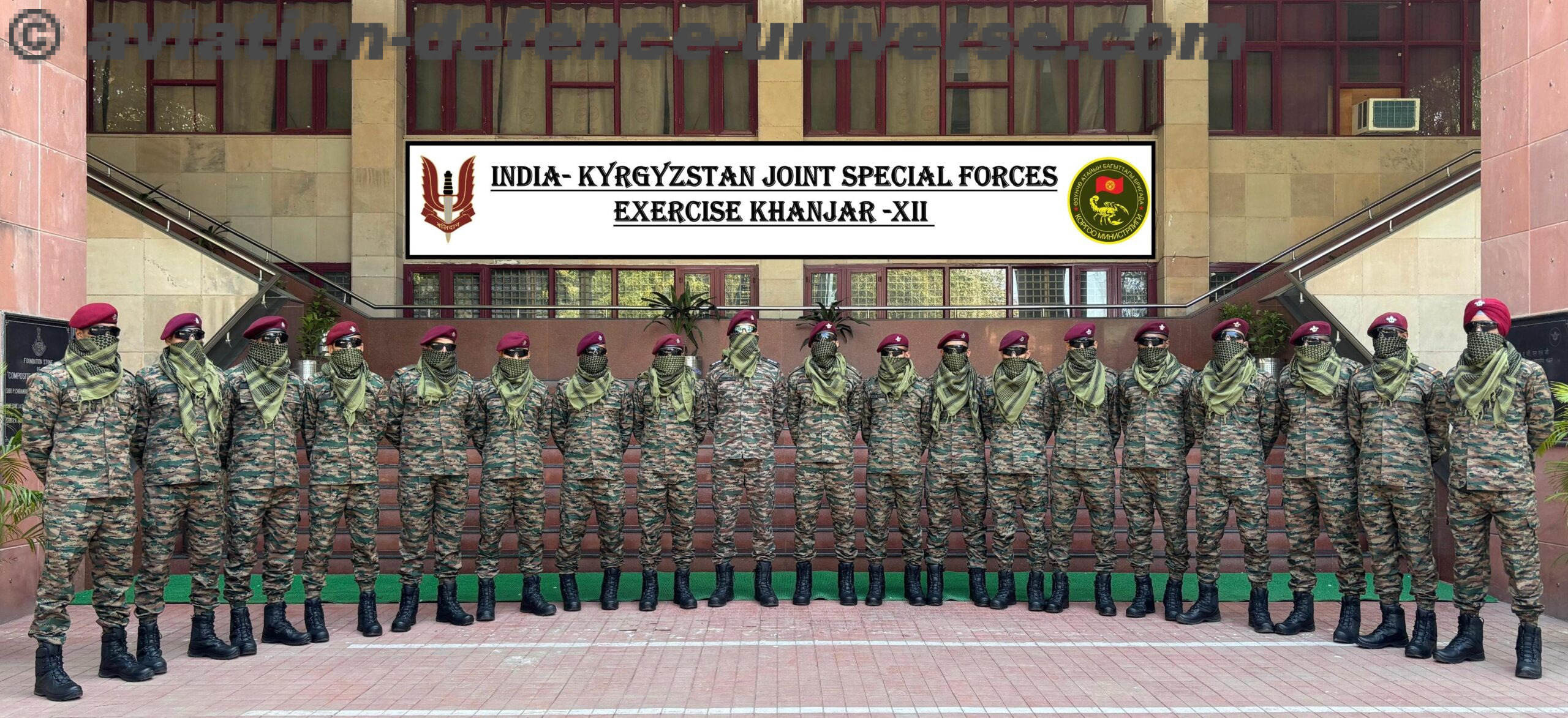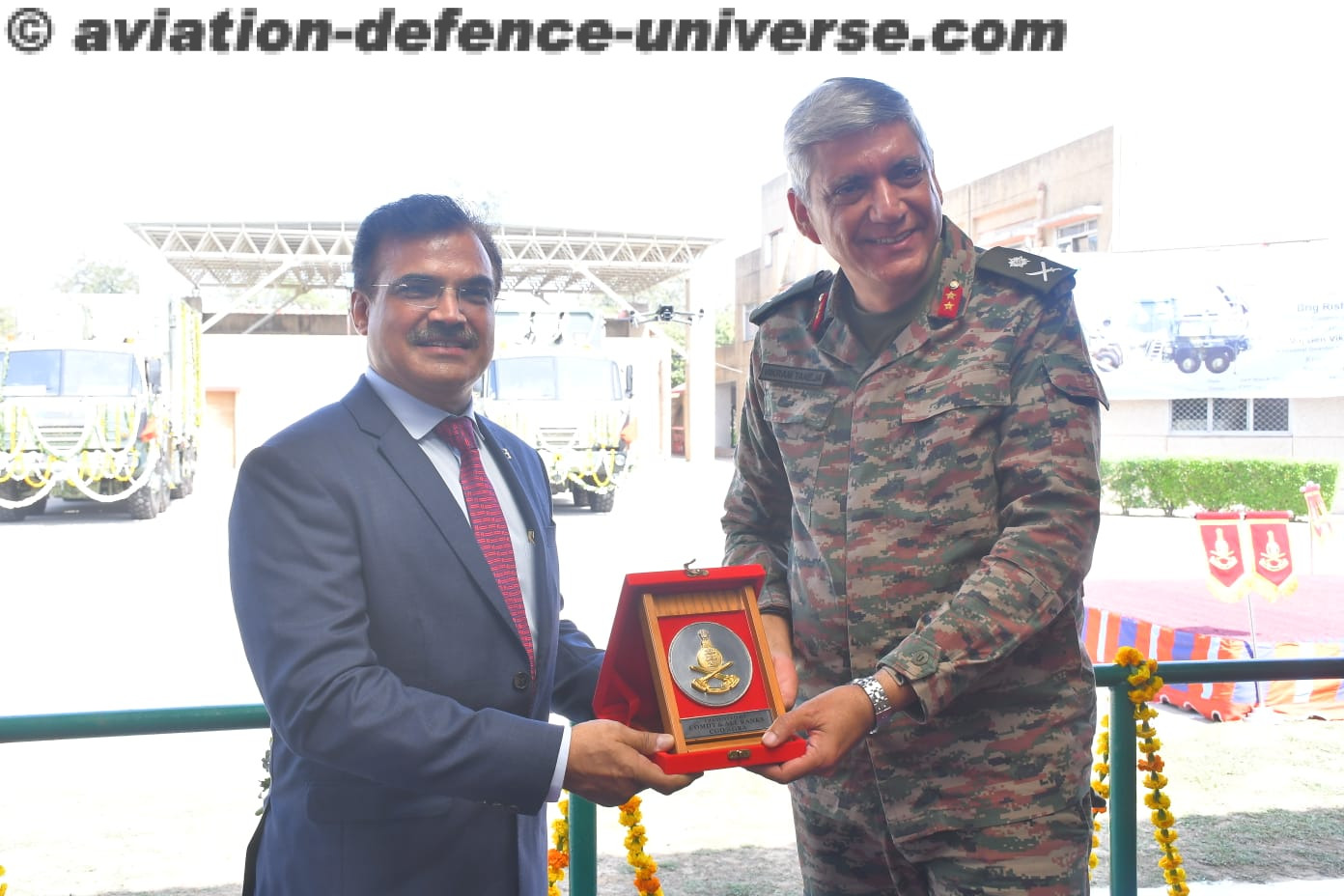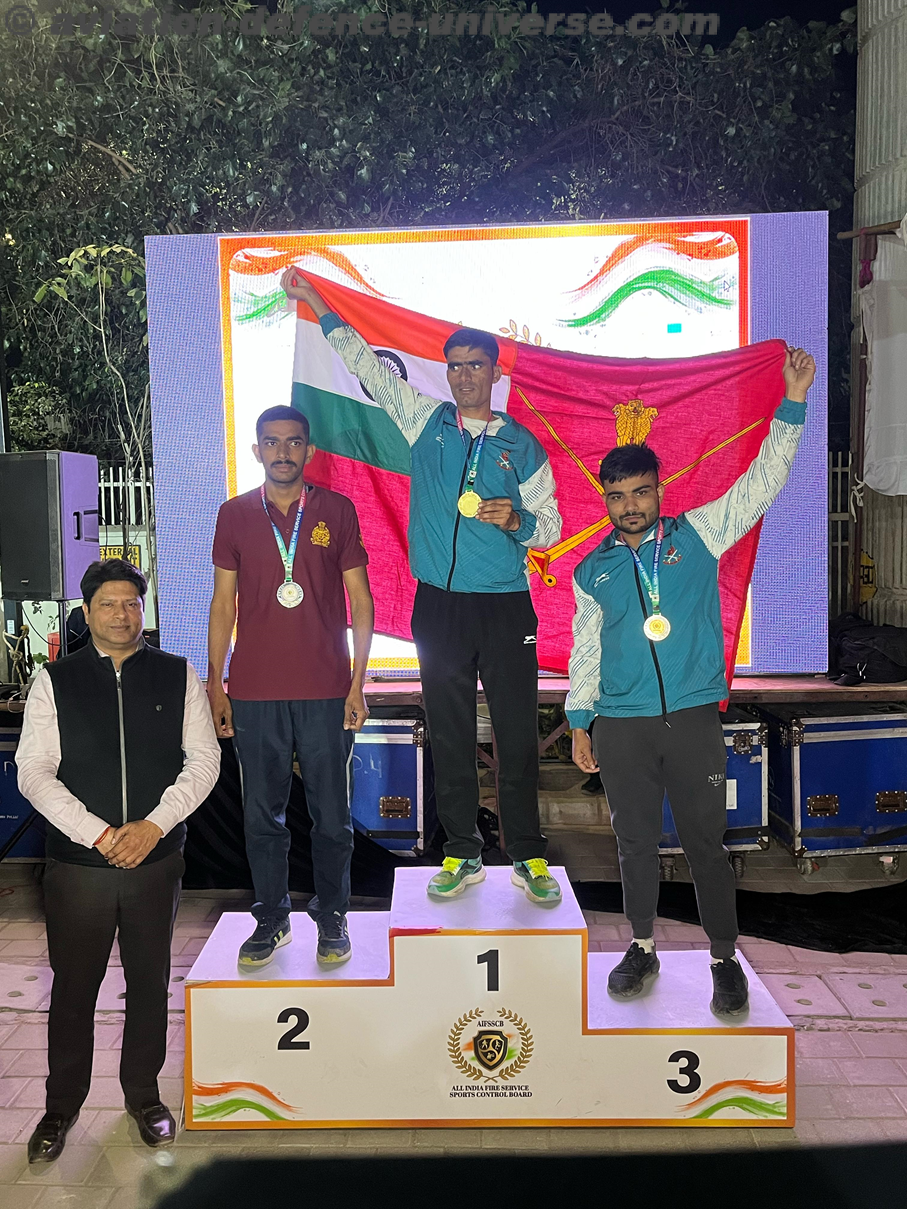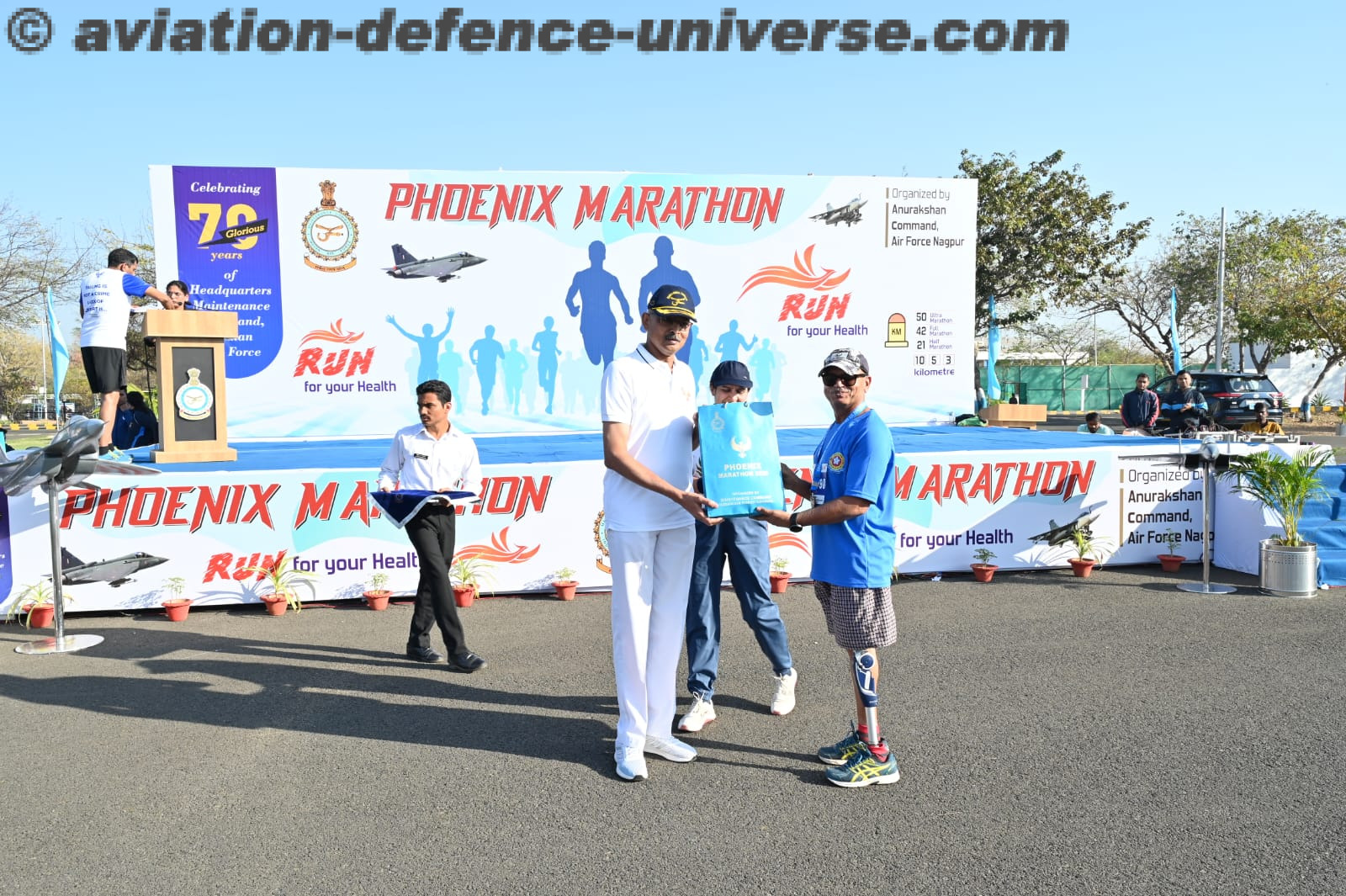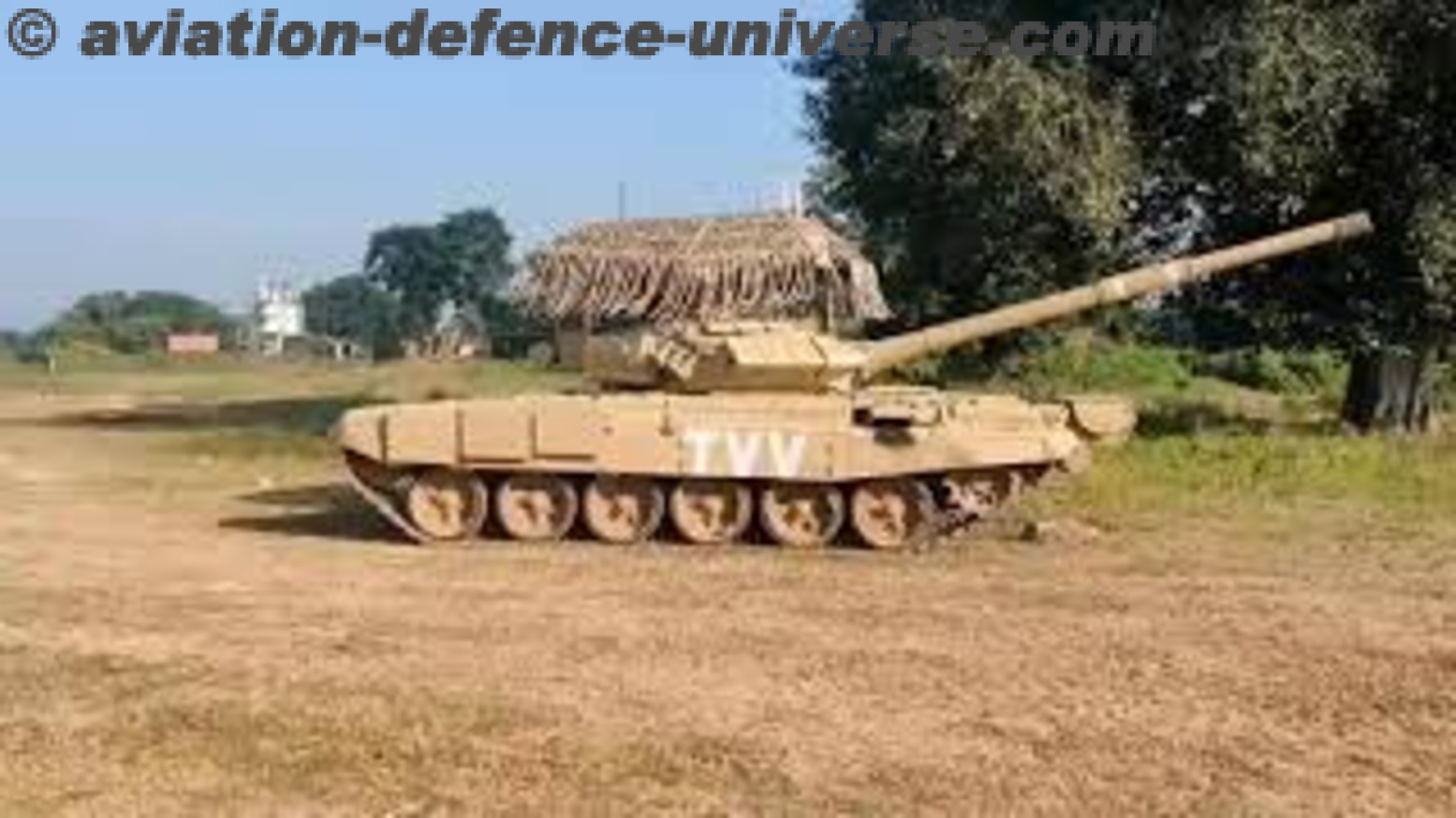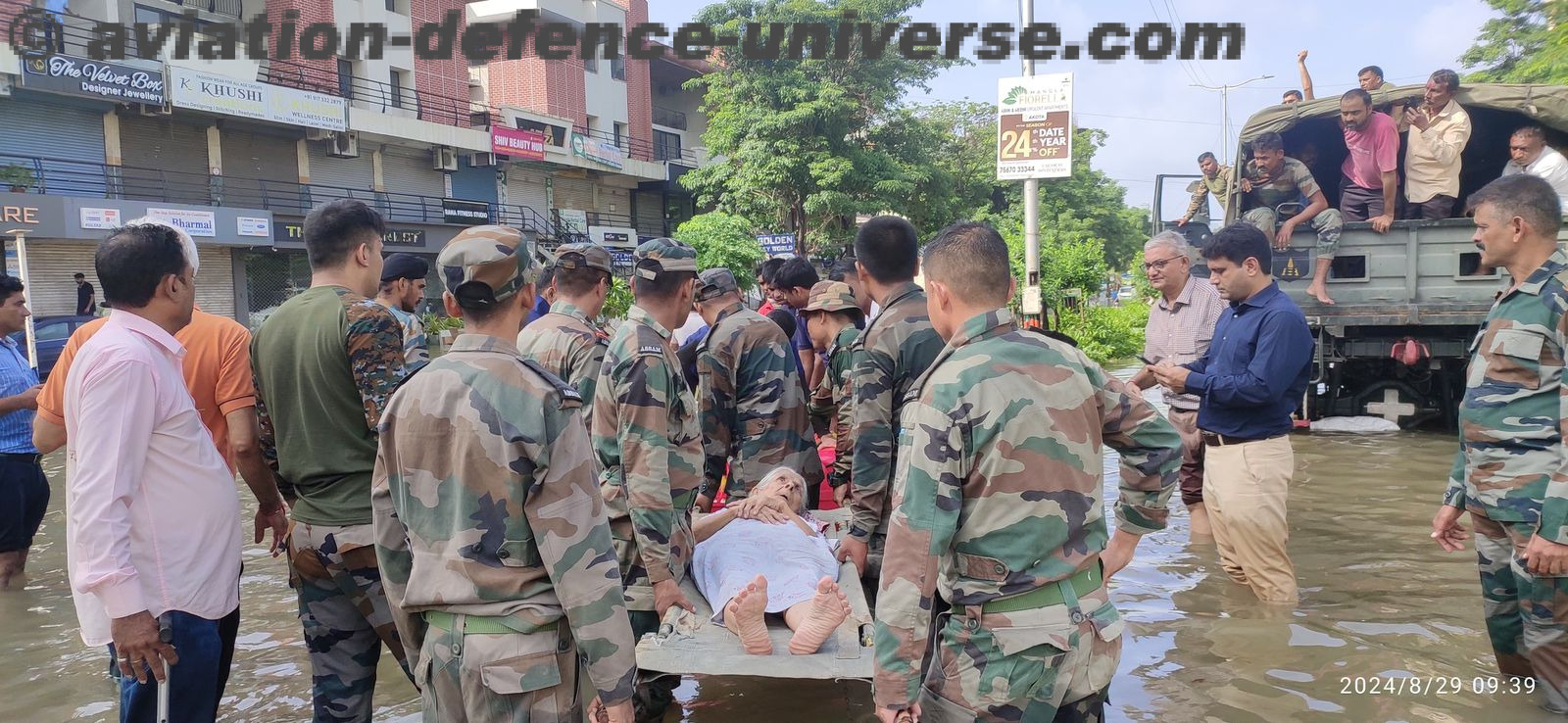New Delhi. Major Som Nath Sharma, PVC (1923–1947) was the first recipient of the Param Vir Chakra, the highest Indian gallantry award. He was awarded the medal posthumously for his bravery in the Kashmir operations in November 1947. He died while evicting Pakistani infiltrators and raiders from Srinagar Airport during the Indo-Pak war of 1947-48 in Kashmir. He belonged to the 4th Kumaon Regiment.
Major Som Nath Sharma was born on 31 January 1923 at Dadh, Kangra, then in the Punjab Province of British India. His father, Major General Amar Nath Sharma, was also a military officer (retired as Director, Medical Services (Army)) as were his brothers Lt. General Surindar Nath Sharma (retired as Engineer-in-chief) and General Vishwa Nath Sharma (retired as Chief of Army Staff, 1988–1990), and his sister Major Kamla Tewari (Medical Doctor).
He did his schooling at Sherwood College, Nainital, before enrolling at the Prince of Wales Royal Military College in Dehra Dun and later joined the Royal Military Academy. He was commissioned into the 8th Battalion, 19th Hyderabad Regiment (later 4th Battalion, Kumaon Regiment):148 of the Indian Army (then British Indian Army) on 22 February 1942. He also saw combat during the second World War in the Arakan Operations. Incidentally, he is the eldest brother of the son-in-law (Lt. Gen. Surindra Nath Sharma, P.V.S.M, A.V.S.M) of Savitri Khanolkar, who designed the medal.
Somnath’s company was airlifted to Srinagar on 31 October 1947. His left hand was in a plaster cast as a result of injuries sustained in the hockey field previously but he insisted on being with his company in combat and was given permission to go.
On 3 November 1947, Major Somnath Sharma’s company (D Company of 4 Kumaon) was ordered on a fighting patrol to Badgam Village in the Kashmir Valley. A tribal “lashkar” of 700 raiders approached Badgam from the direction of Gulmarg. The company was soon surrounded by the enemy from three sides and sustained heavy casualties from the ensuing mortar bombardment. Somnath realized the importance of holding onto his position as both the city of Srinagar and the airport would be vulnerable if it were lost. Under heavy fire and outnumbered seven to one, he urged his company to fight bravely, often exposing himself to danger as he ran from post to post.
When heavy casualties adversely affected the firing power of his company, Major Sharma, with his left hand in plaster, took upon himself the task of filling the magazines and issuing them to men, operating light machine guns. While he was busy fighting the enemy, a mortar shell exploded on the ammunition near him. His last message to Brigade HQ received a few moments before he was killed was: “The enemies are only 50 yards from us. We are heavily outnumbered. We are under devastating fire. I shall not withdraw an inch but will fight to our last man and our last round.”
By the time the relief company of 1st Battalion Kumaon Regiment reached Badgam, the position had been overrun. However, the 200 casualties suffered by the raiders made them lose their impetus to advance buying time for Indian troops to fly in to Srinagar airfield and block all routes of ingress to Srinagar. In this manner, Somnath Sharma prevented the fall of Srinagar and the Kashmir Valley to Pakistan.
CITATION
Maj Somnath Sharma
4 KUMANON (IC-521)
On 3 November 1947, Major Somnath Sharma’s company was ordered on a fighting patrol to Badgam in the Kashmir Valley . He reached his objective at first light on 3 November and took up a position south of Badgam at 1100hours. The enemy, estimated at about 500 attacked his company position from three sides; the company began to sustain heavy casualties.
Fully realizing the gravity of the situation and the direct threat that would result to both the aerodrome and Srinagar via Hum Hom, Major Somnath Sharma urged his company to fight the enemy tenaciously. With extreme bravery he kept rushing across the open ground to his sections exposing himself to heavy and accurate fire to urge them to hold on.
Keeping his nerve, he skillfully directed the fire of his sections into the ever-advancing enemy. He repeatedly exposed himself to the full fury of enemy fire and laid out cloth strips to guide our aircraft onto their targets in full view of the enemy.
Realising that casualties had affected the effectiveness of his light automatics, this officer whose left hand was in plaster, personally commenced filling magazines and issuing them to the light machine gunners. A mortar shell landed right in the middle of the ammunition resulting in an explosion that killed him.
Major Sharma’s company held on to list position and the remnants withdrew only when almost completely surrounded. His inspiring example resulted in the enemy being delayed for six hours, thus gaining time for our reinforcements to get into position at Hum Hom to stem the tide of the enemy advance.
His leadership, gallantry and tenacious defense were such that his men were inspired to fight the enemy by seven to one, six hours after this gallant officer had been killed.
He has set an example of courage and qualities seldom equaled in the history of the Indian Army. His last message to the Brigade Headquarters a few moments before he was killed was, ‘the enemy are only 50 yards from us. We are heavily outnumbered. We are under devastating fire. I shall not withdraw an inch but will fight to the last man and the last round.’
Aviation & Defence Universe salutes Major Somnath Sharma for his valour and selfless service and the motherland for producing such a son.







